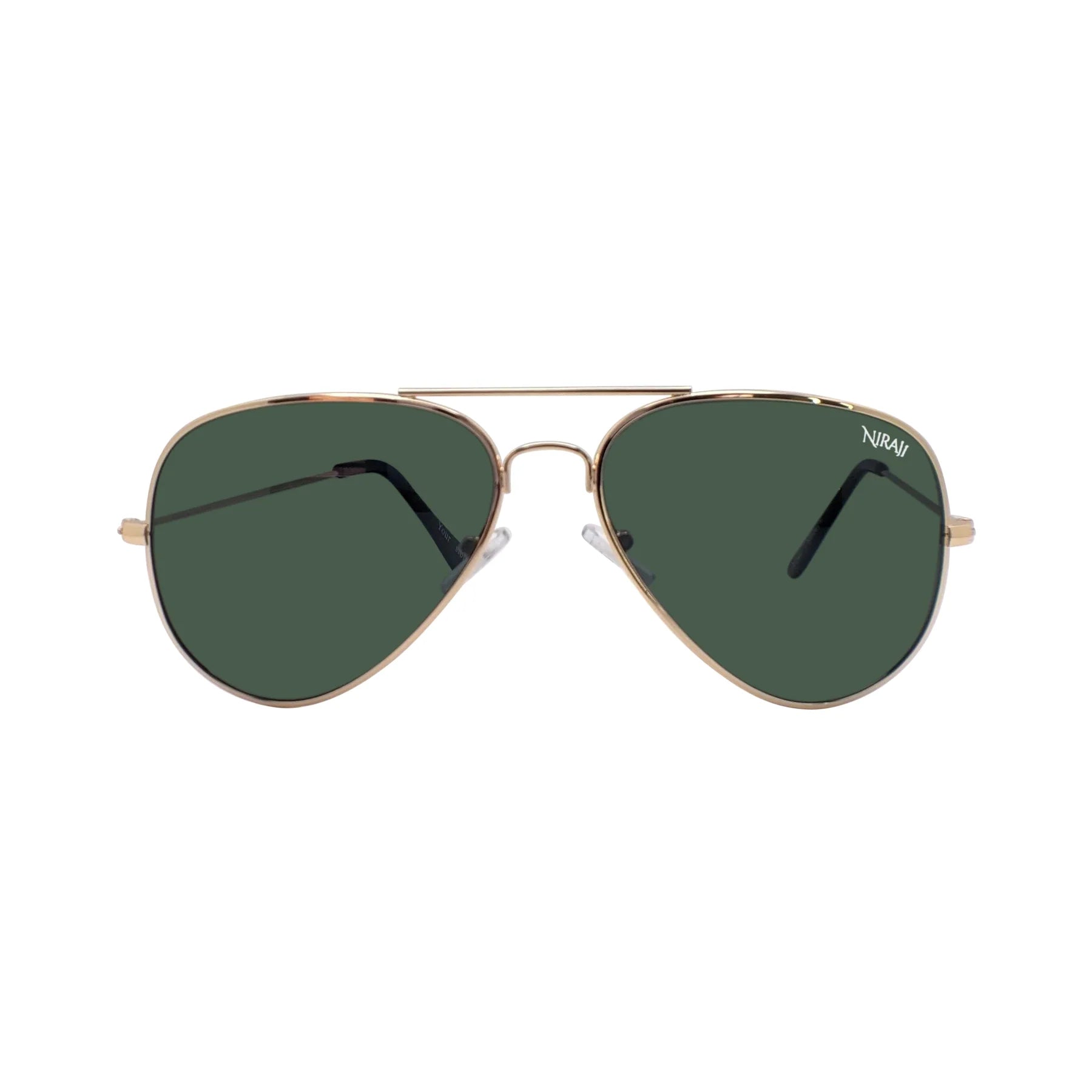
Polarized Vs. Non-Polarized Sunglasses: Which One Should You Choose?
There are numerous options on the market that each offer various features and advantages when it comes to choosing the ideal pair of sunglasses. Polarized and non-polarized sunglasses are two common options. Both have advantages, but it's important to know how they differ in order to make a wise choice. We'll delve into the world of polarized and non-polarized sunglasses in this extensive blog post, examining their distinctive qualities and assisting you in selecting the one that best suits your requirements, way of life, and outdoor activities.
Polarized Sunglasses: Glare Eliminators
Sunglasses with polarization are made to reduce glare from sunlight that reflects off of surfaces like snow, water, and roads. The horizontally polarized light is blocked by the polarized lenses thanks to cutting-edge technology, which also improves visual clarity and reduces glare. Polarized sunglasses are a necessity for anyone who spends a lot of time in the sun because of their glare reduction and UV protection features. Polarized sunglasses are perfect for outdoor activities like fishing, skiing, boating, and driving.

Non-Polarized Sunglasses: Versatility and Style
While lacking the glare-fighting features of their polarized counterparts, non-polarized sunglasses still offer essential UV protection and are available in a wide range of fashionable designs. People who are interested in fashion will appreciate the options, such as lens coatings, tinted lenses, and gradient lenses, which provide eye protection and style. Non-polarized sunglasses are also convenient and reasonably priced for use during indoor activities and daily activities.
Understanding Polarization and Light Scattering Science
Understanding the physics of polarization and light scattering is crucial to appreciating the advantages of polarized sunglasses. The key idea here is polarization, which explains how these specialized lenses filter out particular light waves. With the help of this feature, visibility is improved in bright environments. Conversely, non-polarized sunglasses permit all kinds of light to pass through. You can choose sunglasses that suit your individual visual needs by being informed about these optical principles.

Sunglasses for Outdoor Activities: Choosing the Right Pair
The choice between polarized and non-polarized sunglasses when participating in outdoor activities depends on the particular activity. Polarized sunglasses are highly advised for activities involving the water, such as boating and fishing, due to their capacity to lessen water glare. In contrast, non-polarized sunglasses may be preferred for activities like tennis or golf where maximum visibility is needed for fast-moving objects. Contrast the polarization's potential advantages with any potential drawbacks it might have in particular situations.

Photochromic lenses (transition lenses) are practical
Photochromic lenses, also referred to as transition lenses, are a great choice for people who want their eyewear to be versatile. These lenses are appropriate for both indoor and outdoor settings because they automatically adjust their tint based on UV exposure. They eliminate the need to switch between various pairs of sunglasses or eyeglasses as they smoothly transition between various lighting conditions. The ease of use and relevance of terms like "photochromic lenses," "adaptive lenses," "light-adaptive technology," and "light-sensitive lenses" are highlighted.
Conclusion
Sunglasses with or without polarization depend on your lifestyle, preferred activities, and sense of style. Knowing the advantages and disadvantages of each type will help you confidently choose the best pair for your requirements. The best choice for your eye protection and visual comfort will depend on whether you choose non-polarized sunglasses for their style and versatility or the glare-fighting abilities of polarized options.





